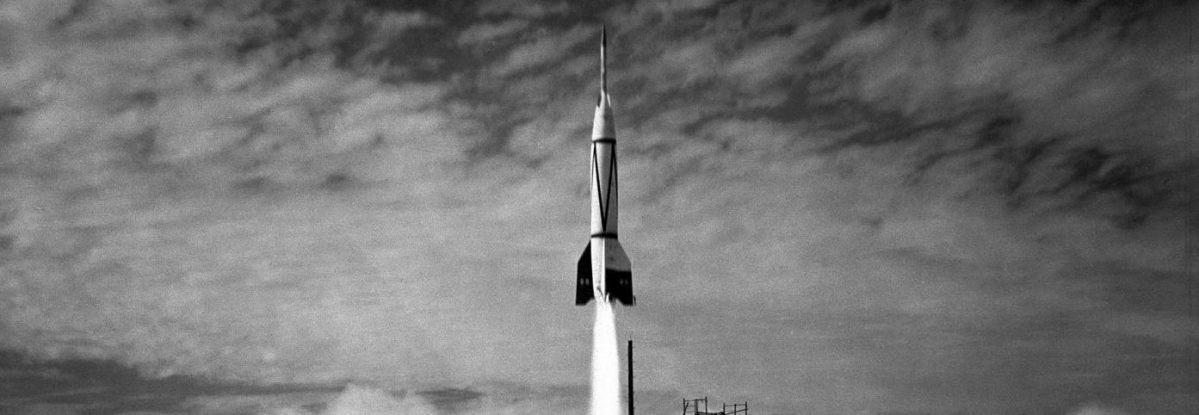In his new book, Spaceport Earth: The Reinvention of Spaceflight, aerospace journalist Joe Pappalardo examines recent growth in private space travel companies and their interest in the field, as well as the impact private industry has had–and will have–on this branch of science.
His hypotheses on the future of American spaceports require some examination of the past, and Popular Mechanics just published an excerpt from his book that explains why Cape Canaveral was built. Oddly enough, the urge to build it came from a mistake.
“In May 1947, the Pentagon attempted to launch a V-2 ballistic rocket … outside White Sands, New Mexico,” Pappalardo writes. “Within moments, however, the testers knew something was wrong. The missile was heading south instead of north.”
A V-2 rocket, he explains, is powerful but simple, and “not known for their sophisticated guidance systems.” By the time the missile crashed in a Juarez, Mexico cemetery, the Air Force realized it needed more room to test missiles. Ultimately, they needed dedicated space for it as well.
This incident, and a desire not to repeat it, begat Cape Canaveral. As the Pentagon developed experimental weapon ranges on the coasts, President John F. Kennedy wanted to kickstart our space program to outdo Russia’s manned spaceflight. Those two initiatives intersected at Merritt Island, where the Cape Canaveral spaceport was built. Had it not been for that errant missile launch, there’s a chance none of that, or the many successful space missions to follow, would have happened.
In addition to writing this book, Joe Pappalardo is a contributing editor at Popular Mechanics, and the editor-in-chief at the Dallas Observer. Spaceport Earth: The Reinvention of Spaceflight can be preordered here.
This article was featured in the InsideHook newsletter. Sign up now.
























